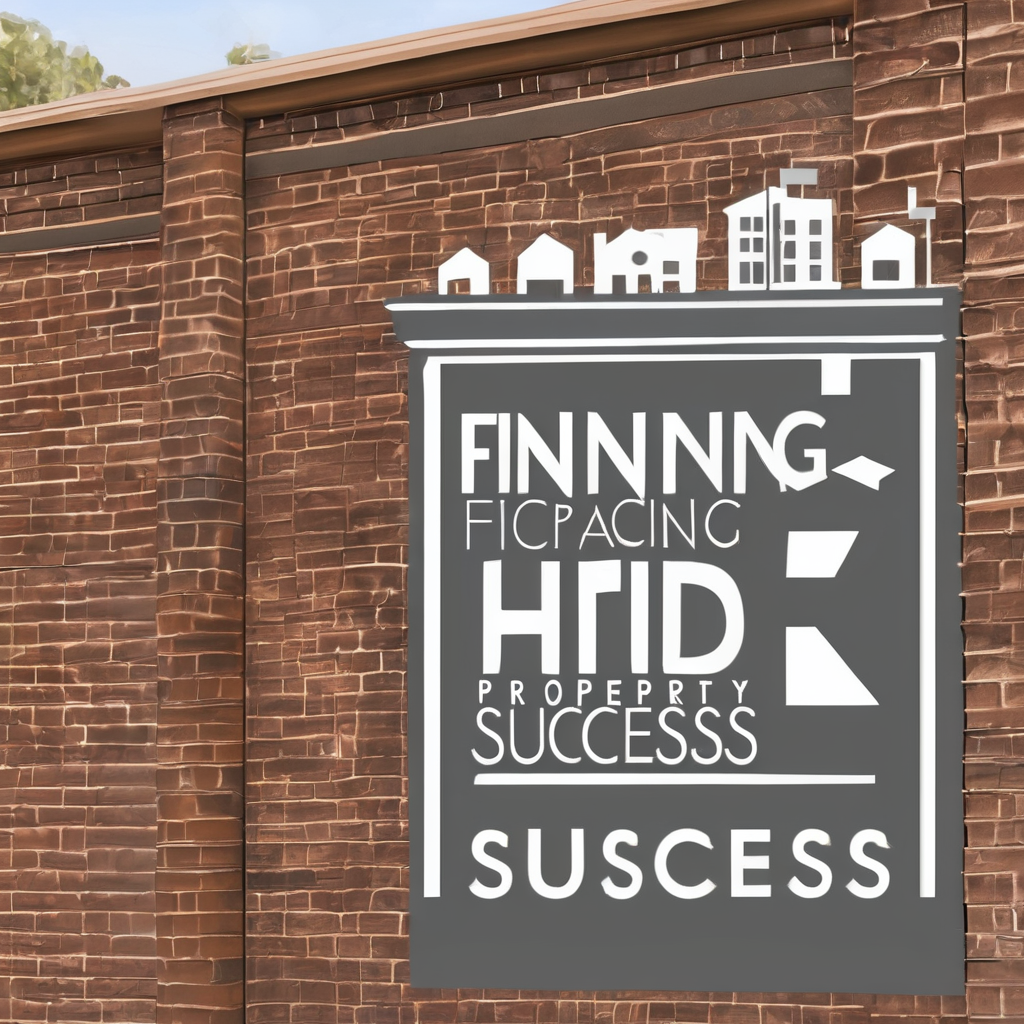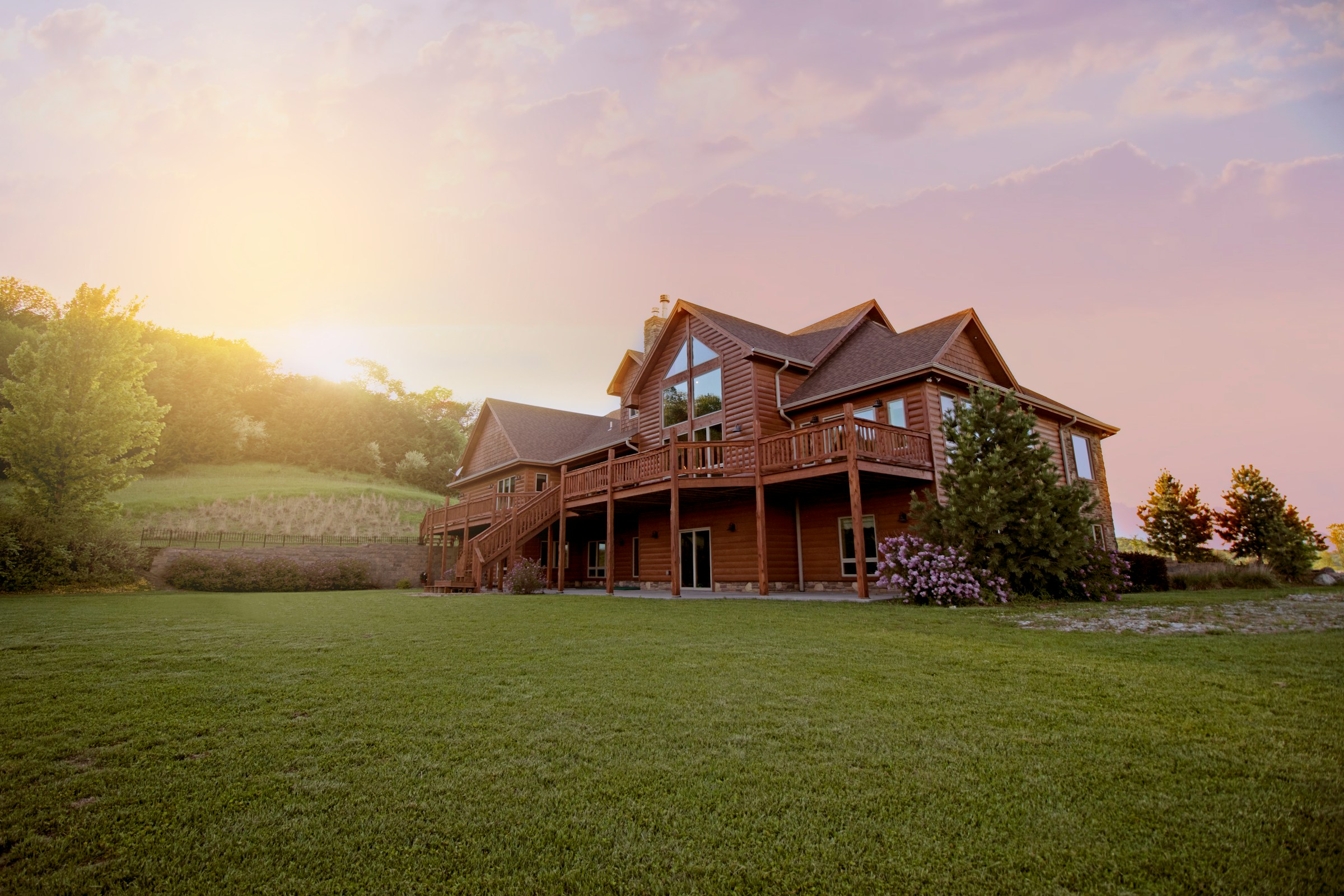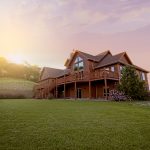In today’s modern society, the emphasis on creating sustainable landscapes in urban areas has never been more pressing. We’ve seen the detrimental effects of ignoring our environment, and today, best practices in sustainable landscaping are being incorporated more and more into urban development projects. As cities sprawl and buildings rise, the need to preserve and protect our environment becomes all the more crucial. This article delves into the best practices for sustainable landscaping in urban development projects, with a focus on water conservation, plant selection, design strategies, and soil and garden management.
Understanding Sustainable Landscape Practice
First, it’s essential to understand what sustainable landscape practice means. In essence, it involves designing, constructing, and managing landscapes to ensure they’re environmentally sound, visually pleasing, and functionally beneficial. By integrating principles of sustainability into our landscapes, we can create spaces that are both beautiful and beneficial to the environment.
A lire en complément : What Are the Key Considerations When Designing Family-Friendly Apartments in Suburban London?
Sustainable landscaping strategies work with natural systems and processes to achieve the best outcomes. This means considering water efficiency, soil health, plant survival, and the overall impact on the surrounding environment. This approach can dramatically reduce landscape maintenance requirements and increase the resilience of urban spaces in the face of environmental challenges.
Water Conservation in Urban Landscaping
Water is the lifeblood of any landscape, and conservation is a key aspect of sustainability. Reducing the amount of water used for landscaping purposes not only preserves this precious resource but also saves money and reduces the impact on local water supply systems.
En parallèle : How to Optimize the Layout of a Multi-Generational Home in the UK?
The first step in water conservation is designing landscapes that require less water. This includes selecting native plants that have adapted to the local climate and rainfall levels, using rainwater harvesting systems, and designing irrigation systems that efficiently use water.
Incorporating features like rain gardens, bioswales, and permeable pavements into landscape design can also help manage stormwater runoff and reduce pollution. These methods work by slowing, storing, and treating rainwater on-site, which prevents it from overwhelming stormwater systems and negatively impacting local water bodies.
Plant Selection and Design Strategies
The plants you choose for your landscape play a central role in creating a sustainable design. Native plants are often the best choice for sustainable landscapes. They’ve evolved over centuries to thrive in the local climate and soil conditions, making them more resilient to pests, diseases, and environmental challenges.
A well-planned design strategy can also significantly enhance the sustainability of a landscape. This involves considering factors such as shade, wind patterns, and the positioning of plants to maximize energy efficiency and create comfortable outdoor spaces.
For instance, deciduous trees can be planted on the south side of buildings to provide shade during the summer and allow sunlight in during the winter. Likewise, evergreen trees and shrubs can be used as windbreaks to reduce the cooling effect of winter winds and help maintain comfortable temperatures inside buildings.
Soil and Garden Management Practices
Healthy soil is the foundation of a sustainable landscape. It supports plant growth, stores carbon, filters pollutants, and provides habitat for beneficial organisms. To maintain healthy soil, it’s crucial to implement good soil management practices.
These practices include minimizing soil disturbance, incorporating organic matter to improve soil structure and nutrient content, and avoiding the use of harmful pesticides and fertilizers.
In addition, sustainable garden management practices such as composting kitchen and garden waste, using mulch to suppress weeds and conserve soil moisture, and promoting biodiversity can significantly enhance the sustainability of urban landscapes.
The Role of Green Buildings in Sustainable Landscaping
Lastly, the integration of green buildings into urban landscapes can greatly enhance their sustainability. Green buildings are designed to reduce energy consumption, improve indoor air quality, and minimize their impact on the environment.
In the context of sustainable landscaping, green buildings can complement and enhance the surrounding landscape. For example, green roofs and walls can provide habitats for plants and wildlife, reduce stormwater runoff, and improve the thermal performance of buildings.
Moreover, the use of sustainable materials and construction methods in green buildings can further reduce their environmental impact. By integrating sustainable landscaping practices with green building strategies, we can create truly sustainable urban environments.
In summary, sustainable landscaping in urban development projects involves a holistic approach that considers water conservation, plant selection, design strategies, and soil and garden management. By incorporating these best practices, we can create urban landscapes that are not only aesthetically appealing but also beneficial to our environment.
Integrating Sustainable Landscaping into Urban Design
The challenge for today’s urban designers and landscape architects is to integrate sustainable landscaping practices into urban design in a way that benefits both the environment and the community. This task involves looking at the built environment as a whole, and making sure that every aspect of it, from building design to landscape architecture, is done in a manner that promotes sustainability.
The integration of sustainable landscaping into urban design can take many forms. For instance, landscape architects can work with architects and urban planners to design green roofs and walls, which not only enhance the energy efficiency of buildings but also provide additional green space in dense urban areas. These green spaces can be used to grow native plants, which are more resilient and require less water and maintenance than non-native species.
Another eco-friendly approach is the creation of bio-swales and rain gardens, which can help manage stormwater runoff and reduce the impact of urban development on local water bodies. These features can be incorporated into the landscape design in a way that adds aesthetic value while also serving a practical purpose.
Landscape architects can also play a crucial role in promoting sustainable practices at a community level. They can educate the public about the benefits of sustainable landscapes, and encourage them to adopt practices such as composting, using rain barrels, and planting native plants in their own gardens.
By involving landscape architects in urban design from the outset, cities can ensure that sustainable landscaping practices are integrated into urban development projects, resulting in more eco-friendly and livable urban spaces.
Conclusion: The Future of Sustainable Landscaping in Urban Development
In conclusion, sustainable landscaping practices are crucial for the future of urban development. As urban areas continue to grow and expand, incorporating these practices into our landscape design is becoming increasingly important in order to preserve our environment and ensure the well-being of urban dwellers.
From water conservation to plant selection, design strategies, and soil and garden management, each aspect of sustainable landscaping contributes to the creation of urban landscapes that are not only visually pleasing but also functionally beneficial and environmentally friendly.
The integration of green buildings into these landscapes further enhances their sustainability. By combining the principles of green building design with those of sustainable landscaping, we can create urban spaces that are truly sustainable in every sense of the word.
As we move forward, landscape architects, urban planners, and city officials will need to work together to incorporate these sustainable practices into every aspect of urban development. By doing so, we can create cities that are not only beautiful and livable but also have a positive impact on our environment.
In essence, sustainable landscaping is not just about creating green spaces. It’s about rethinking how we design and manage our urban landscapes so they can contribute to a more sustainable and resilient future. It’s about creating spaces that are not just for us, but also for the generations to come.






